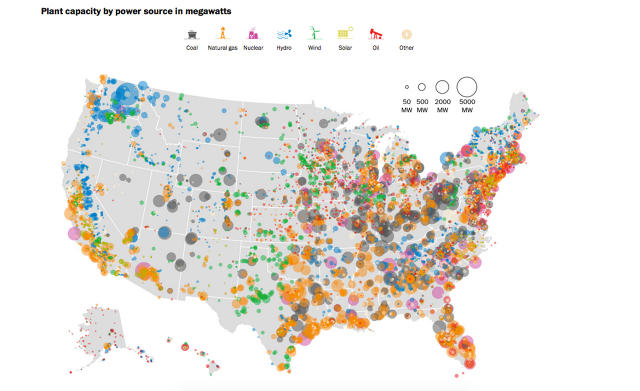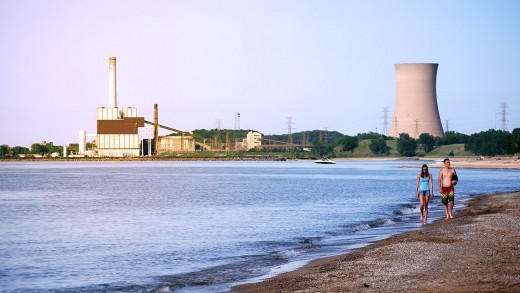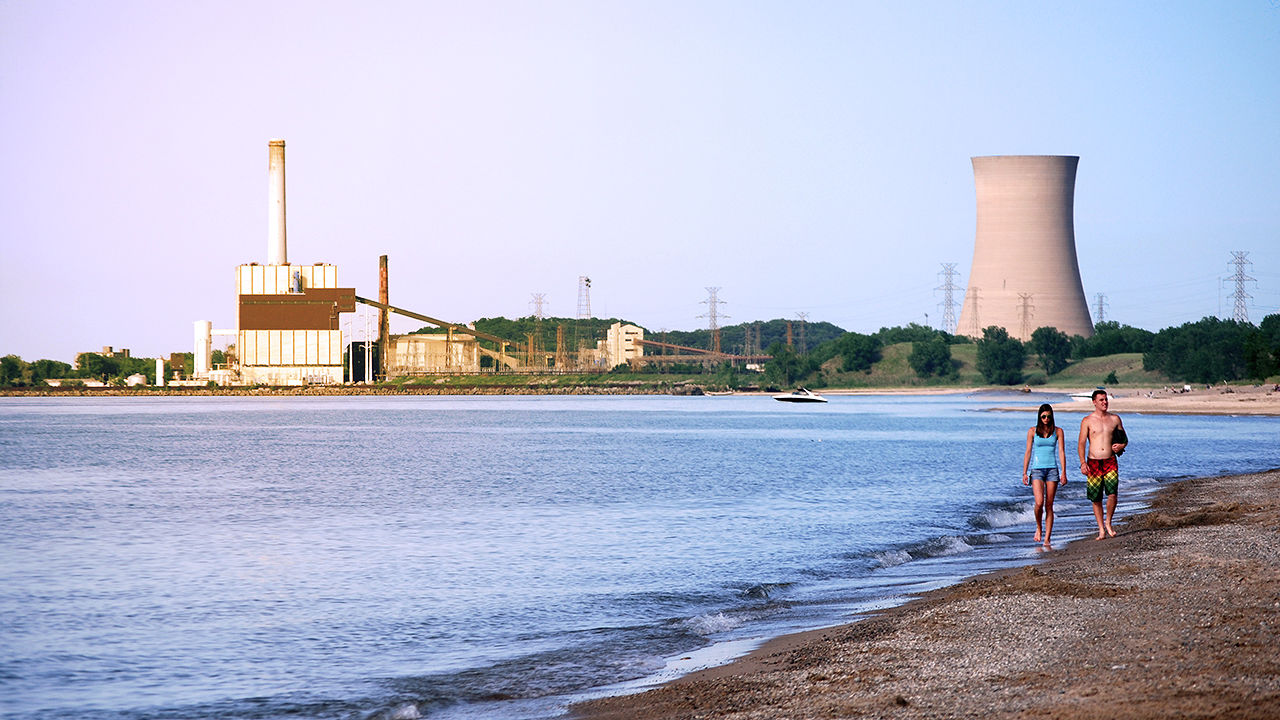the facility crops Of the us, Mapped
August 3, 2015
There’s a decommissioned nuclear energy plant with 1,one hundred tons of nuclear waste sitting on the shores of Lake Michigan, the biggest provide of drinking water in North america.
These are the different types of factoids looking forward to after you get sucked into the inevitable Google wormhole after trying out the Washington post’s newest information viz: a classified map of every power plant in the united states.
It charts fuel, coal, nuclear, hydroelectric, wind, sun, and oil in a go-us of a confetti pop of colour. (which you could scroll down the page to see every type of power plant mapped on its own, too.) each plant type gets its personal coloration. And the greater the circle, the more megawatts it produces once a year.

The map’s predominant orange glow comes from natural fuel, with 1,740 plants producing almost a 3rd of our power. whereas coal, which in truth produces 34% of our energy with 511 carbon-coughing crops, appears to fill the map with a gray haze. To be sincere, this distinction feels like a dangerous, subconscious editorialization in the course of the use colour. Coal appears to be like so evil in black (and ok, it’s lovely evil!), whereas fuel appears so positive in orange. It’s virtually sufficient to make you disregard about fracking, if only for a moment.
other amazing tendencies: the golf green line that cuts throughout the midwest is all wind vitality, whereas that river of blue that’s particularly general on the west coast represents hydroelectric energy. (these large blue orbs are plants in the Columbia River Basin, where forty four% of our hydroelectric energy is produced. Who knew! Google, in reality.) red—nuclear energy—is principally nonexistent within the left half of of our nation, though its 99 plants produce 20% of our nation’s energy. And the mustard yellow dots of sunlight that you may barely spot along the California coast and the East—whereas tricky to decipher—in reality produce just as much power as the entire pink dots, which are oil. They every account for 1% of the nation’s vitality, which is most definitely much less a victory for solar’s efficiency than it’s a defeat from oil’s rising barrel prices. however either method, we’ll take it.
[via FlowingData]
quick company , read Full Story
(103)














